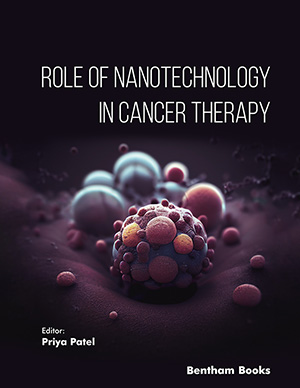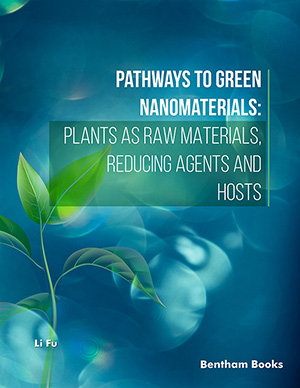Abstract
Background: Metal oxide nanostructures are being investigated widely due to their strong optical absorption, efficient photoluminescence, abundant of availability and structural stability which lead them as a possible substitute of Si based solar cells and many optoelectronic and sensor devices. Due to their non-toxic nature they are supposed to be promising materials for drug delivery and medical research. Among several metal oxides, cupric oxide (CuO) is being investigated nowadays due to their high transparency and visible luminescence. It is a p-type semiconductor of band gap varying from 1.3 eV to 2.1 eV depending of the structure and process of fabrication. This low band gap of CuO nanostructures leads its application in photoconductive and photothermal applications. This leads rigorous investigations on CuO nanostructures.
Methods: A simple wet chemical methods has been used to synthesize CuO bipods. Predetermined amount of Copper sulphate penta-hydrate (CuSO4, 5H2O) was dissolved in double distilled de-ionized water to prepare 0.5 M solution. Predetermined amount of Lithium hydroxide (LiOH) was dissolved in de-ionized water to prepare 1 M solution. Under rigorous magnetic stirring of the LiOH solution CuSO4 solution was added drop by drop for five minutes and the stirring was maintained for 2 hours at room temperature (30°C). After the reaction a white precipitate was observed at the bottom of the flask. This solution was then aged for 24 hours. The color of the precipitate solution was turned into grey. The precipitate was filtered and subsequently washed with distilled de-ionized water thrice for the removal of unreacted salts if any. The precipitate was then dried in an ordinary furnace at 150°C for further characterization.
Results: X-ray diffraction data confirmed the formation of well crystalline CuO having monoclinic unit cell structure. The crystallite size was ~ 12 nm as calculated from the XRD pattern. Transmission electron microscope images revealed that the bipod-like structure is composed of several crystallites. The lengths of the bipods are ~ 300 nm with a waist size ~ 100 nm. The UV-visible spectroscopic data revealed a strong absorption at ~ 376 nm and the band gap was calculated to be 2.51 eV. FTIR spectrum revealed the existence of only Cu=O bonds. In the Raman shift data two strong peaks were found at 273 cm-1, and 608 cm-1 that owe to the Ag mode and Bg mode respectively. Room temperature photoluminescence spectroscopy revealed that the CuO nanoparticles exhibit broad strong emission at ~ 472 nm. After decomposing we observed three peaks at 436, 469 and 495 nm. The emission peak at 469 nm arises due to near band edge transition. The emission peak at 495 nm arises due to shallow level defect states related transitions.
Conclusion: In conclusion, we have fabricated CuO nano-bipods using a simple wet chemical method. XRD pattern indicates the formation of well crystalline and pure CuO without any impurity. The nano-bipods exhibit sharp absorption peak at ~ 376 nm with optical band gap energy of 2.51 eV. FTIR spectrum and Raman shift data confirms the formation of CuO with the presence of Ag mode (273 cm-1) and Bg mode (608 cm-1). The fabricated CuO nano-bipods exhibit strong PL emission at 469 nm owing to the recombination of free excitons at the absorption band edge in the UV region associated with other low intense deep level emission. Few relevant patents to the topic have been reviewed and cited.
Keywords: Bi-pods, CuO, electron-microscopy, FTIR, nanoparticles, photoluminescence, Raman-spectroscopy, XRD.

























